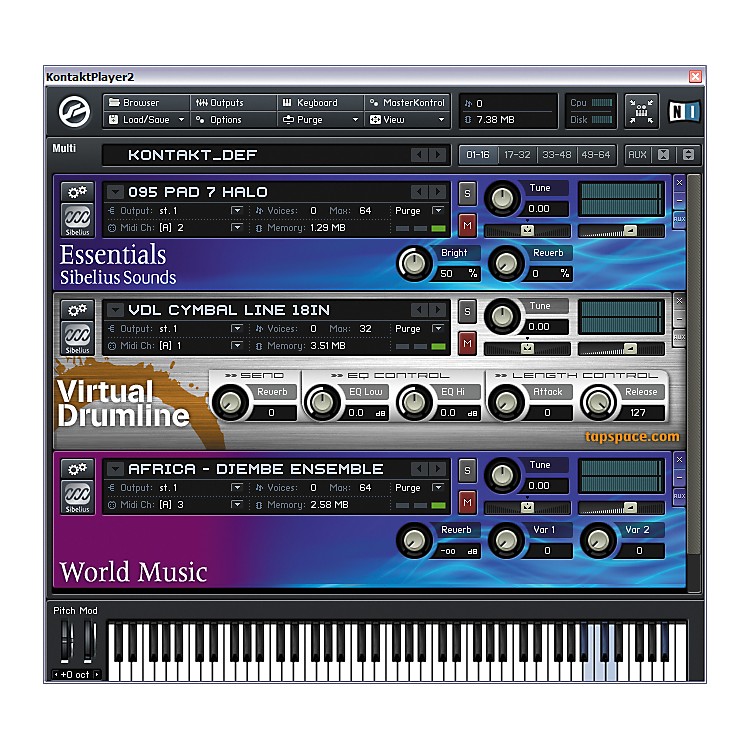
- Where to buy sibelius software serial#
- Where to buy sibelius software manual#
- Where to buy sibelius software upgrade#
- Where to buy sibelius software software#
An unregistered installation will lose the ability to save after five days, but the simplest thing to do is simply register via an Internet connection the first time you run the application.

Where to buy sibelius software serial#
During the installation process you'll be prompted for your serial number, and this number is used as part of the copy-protection mechanism when you register the application, a process which is pretty much the same as in previous versions of Sibelius.
Where to buy sibelius software manual#
Installing Sibelius is a straightforward affair, and the process is clearly described in the helpful manual (see 'No Manual Labour Required' box for more info). So as a long-time Sibelius user (and fan), I couldn't wait to get my hands on the latest version - could they make the perfect score-writer better for a third time? Exposition Sibelius is one of those applications that always seems to do everything you require, but at the same time, when a new version is released you always end up with a whole host of functions you wonder how you ever lived without.
Where to buy sibelius software software#
A decade on from my first Sibelius encounter, the number '7' has long since been dropped from the name, and two major releases for the Mac and Windows platforms later, Sibelius Software have released version 3 of the company's now established and universally revered scoring software. Not so different to the Sibelius we have these days, really. That was then: Sibelius 7 running on an old Acorn Risc OS computer. However, technical brilliance couldn't save Acorn from having to get out of the desktop computer business as Windows-based computers began to dominate the education market after the release of Windows 95, so it's perhaps a testament to Sibelius that the application remains one of the most successful originally Acorn-based applications to live on past its original platform. And since the developers (originally just two brothers, twins Ben and Jonathan Finn) were from Cambridge, where Acorn were based, it was the computing platform they had grown up with. The original choice to develop Sibelius for Acorn's RISC OS was perhaps inevitable: not only were the ARM processors great chips (they still are), but Acorn computers were used almost exclusively in every school across the UK at the time - a big market for Sibelius. Compared to the Mac, Atari and DOS or Windows applications of the day, Sibelius 7 was simply the fastest score-writer around - the original advertising literature of the time claimed you could reformat the entire score for Wagner's Ring cycle in just 0.1 seconds! The fact that Sibelius 7 was hand-coded in assembler probably didn't hurt matters, but it wasn't just the speed that made Sibelius different: its user interface was remarkably intuitive and uncluttered, and you really felt like the program was there to make your life easier when preparing scores. Nearly 10 years ago now, I fondly remember inserting a blue 3.5-inch floppy disk with a printed Avery label into an Acorn RISC-powered computer to run a demo version of Sibelius 7, a brand new scorewriting application that promised to revolutionise music notation technology.

Where to buy sibelius software upgrade#
Now, in version 3, they have teamed up with Native Instruments to provide enhanced playback facilities - but does this upgrade live up to the high standards set by previous releases? Over the last 10 years, Sibelius Software have built a reputation for providing what most musicians consider to be the leading scorewriting software.

And yes, the notes are meant to be funny.


 0 kommentar(er)
0 kommentar(er)
